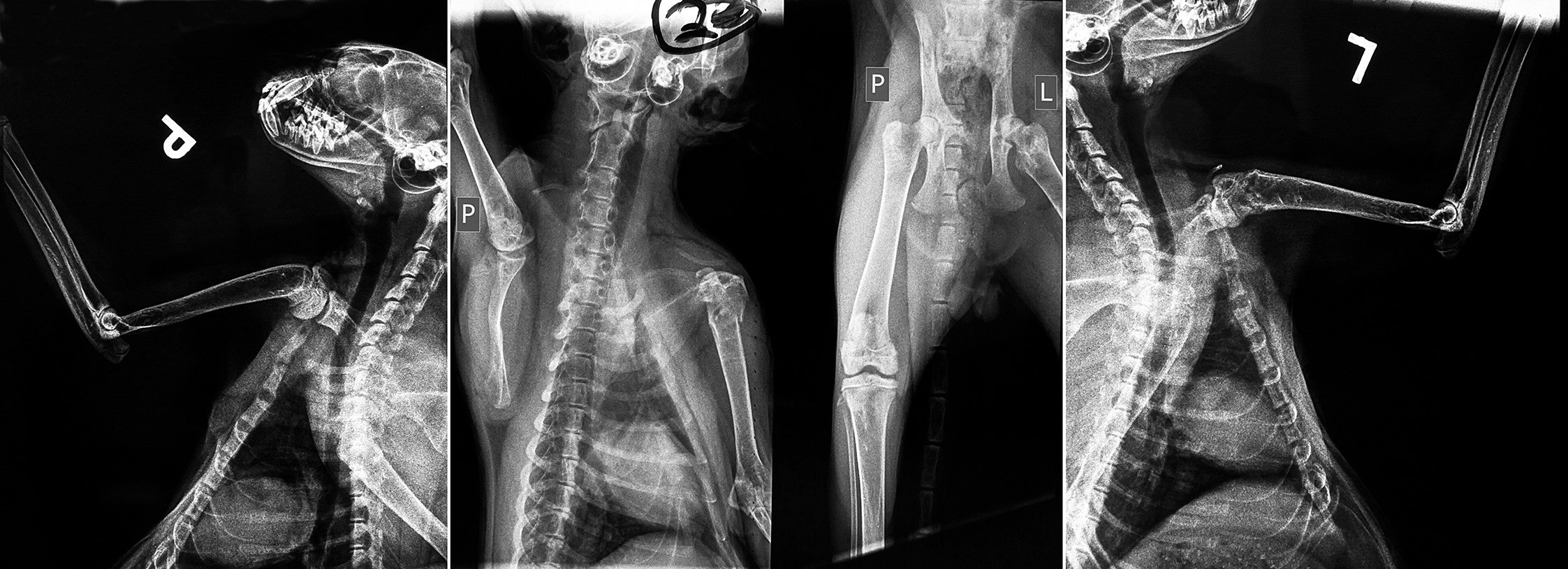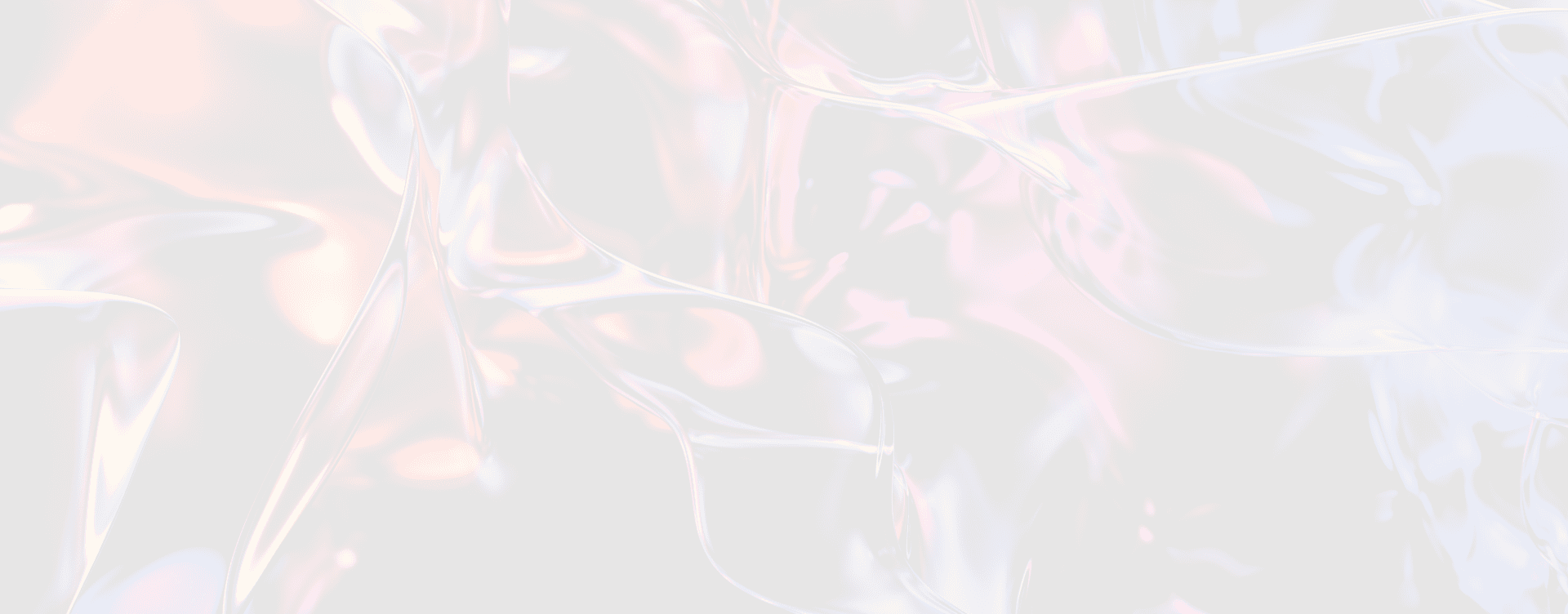Forensic Imaging in Wildlife: An Evolving Frontier
This article about the evolving frontier of wildlife forensics takes you on a journey tracing the development and application of imaging techniques. From the groundbreaking proposals in 2008 to the revolutionary FOBOS XR technology, explore how non-invasive methods are unraveling the mysteries of wildlife mortality and reshaping conservation efforts.
Tracing the Development and Application of Imaging Techniques in Wildlife Forensics
Although forensic imaging isn’t as extensively used in wildlife forensics as mortal forensics, it has been reported in the field of wildlife. In 2008, scientists proposed that imaging system can be used in forensic beast disquisition.
In 2009, they scanned 41 dogs for the first time and discovered that X-rays can determine the effects of various diseases on a creature’s body.
In 2015, radiography was performed for the first time prior to the forensic autopsy of a juvenile white-eared possum (Didelphis albiventris). The images easily revealed increased radio-nebulosity in both hemi-bellies, and in situ postmortem findings verified bloody effusion in thorax depression.

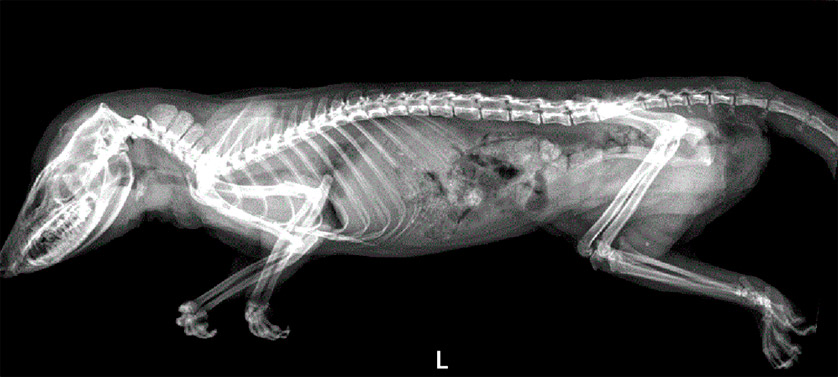
Also this year, a CT scan, PMSTA, and MRI were performed to determine the cause and manner of death of the 4-month-old fox cub that passed away. The results of the scans revealed the true cause of the fox cub’s death, without the need for a standard autopsy procedure, sparking an innovative surge in the field of wildlife.
In 2018, scientists used radiography and CT scans to identify the death of a deer fatally wounded by a hunter’s projectile. By imaging the dead deer, they determined that the shot was fired from a smoothbore shotgun with a probable caliber of 12, 16, or 20 mm, and the deer died as a result of spinal cord injury from a single shot from the shotgun.
In 2020, pathologists performed CT, MRI, autopsy, histology, culture, and molecular diagnostics on a recently deceased juvenile bottlenose dolphin, and these studies collectively demonstrated circulating co-infection of dolphin morbillivirus and Aspergillus fumigatus. These findings have helped halt the high mortality of dolphins from these infections.
Advancements in Wildlife Forensics Imaging
Exploring the Evolution of Forensic Imaging Techniques in Wildlife Studies
That same transformative year, LINEV Systems introduced a new chapter in forensic imaging by deploying FOBOS XR technology to examine a pig.

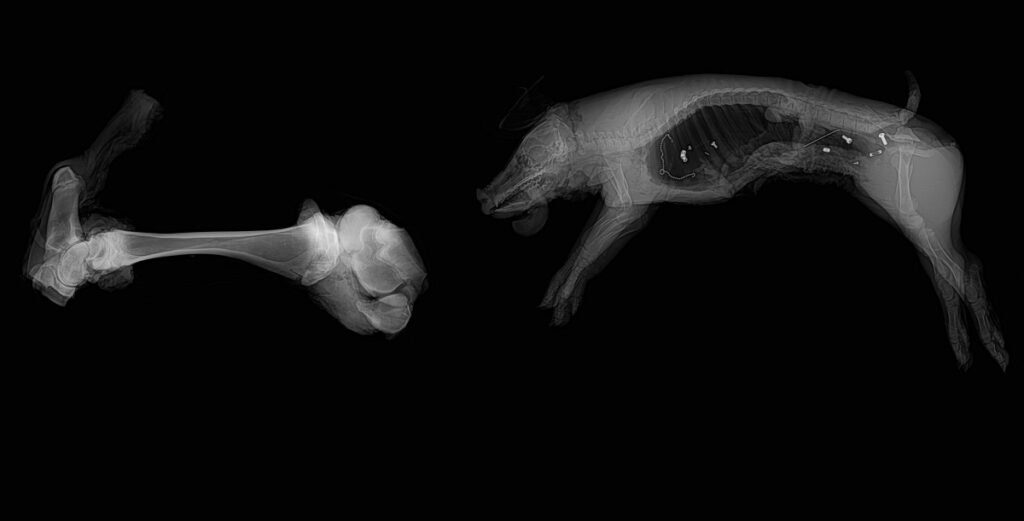
FOBOS XR’s fast linear scanning capabilities have provided a clear picture of the pig’s internal state, specifically the presence of metal chains and various metal particles in the pig’s body.
The different types of binning of the device together with the dual-energy detector make it a sophisticated and valuable tool for medical and forensic professionals to assess the condition of bones, soft tissues, and internal organs.
Non-Invasive Techniques Unveiling Causes of Wildlife Mortality
A Comprehensive Look at How Forensic Imaging Reduces the Need for Invasive Procedures
The application of forensic imaging in wildlife forensics, though not as current as in mortal forensics, has demonstrated its eventuality in contributing significantly to the understanding and interpretations of causes of death without invasive procedures.
The cases ranging from domestic cats and tykes to wild opossums, foxes, and marine mammals like dolphins, accentuate the versatility and breadth of operations of these imaging ways. Each case exemplifies how forensic imaging can reveal details that might else be missed or would bear invasive styles which may be undesirable.
FOBOS XR Technology: A Game-Changer in Forensic Imaging
Revolutionizing Wildlife Research and Conservation Efforts with Cutting-Edge Scanning Capabilities
Forensic imaging reduces the need for traditional, more invasive procedures, thus minimizing the disturbance to animal remains, which may be significant from a conservationist or ethical standpoint.
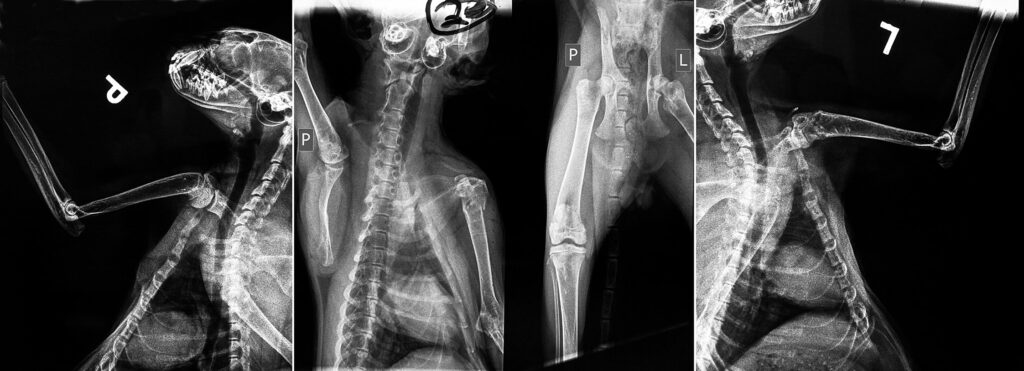
It is noteworthy that the expanded use of such technology in wildlife forensics not only aids in understanding the immediate cause of death but also contributes to broader ecological and environmental studies by providing insights into the impacts of disease, human activity, and other stressors on wild populations.
Furthermore, as seen with the utilization of FOBOS XR technology, advancements in the field are facilitating quicker, more efficient, and comprehensive assessments. The ability of these methods to discern fine details such as the presence of metal particles or the caliber of a projectile without incisions or specimen destruction is invaluable. In the study of wildlife mortality, each nondestructive analysis represents an opportunity for learning and for informing policy, which could lead to better protection of species and their habitats.
In looking towards the future, one can anticipate that the continuation of innovation in forensic imaging will only further enhance wildlife research and conservation efforts. The developments mentioned are likely just the tip of the iceberg as this technology continues to improve and become more available worldwide.
You can learn more about the technology used in Full-body forensic radiography system FOBOS XR if you write to info@linevsystems.uk or please fill the form below.




